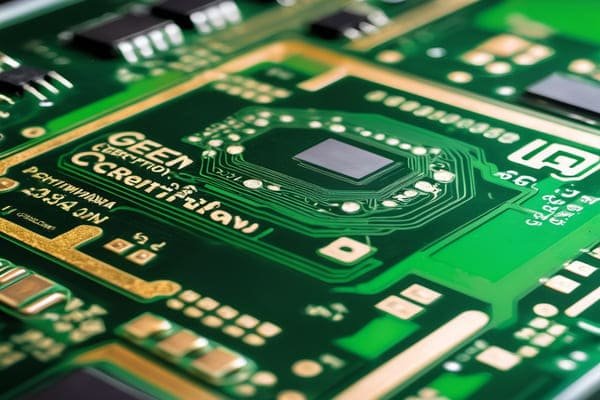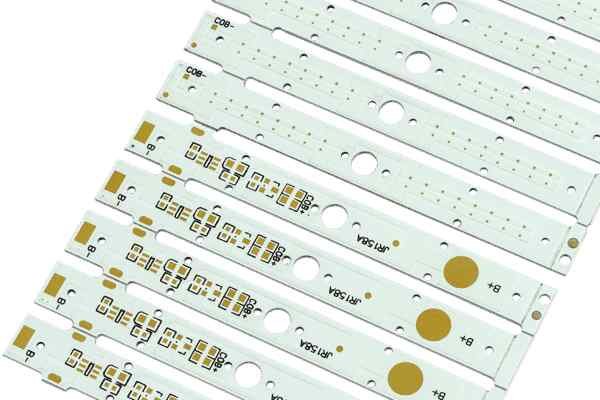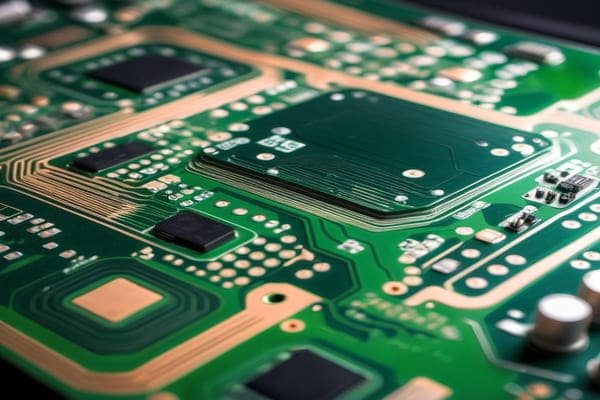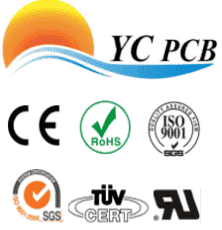PCB Quality Standards and Manufacturer Selection Guide for the European and American Markets

When it comes to selecting a PCB manufacturer for the European and American markets, quality is the top priority. Adhering to strict international standards is not just essential for compliance, but also for ensuring that your products perform reliably in the field. With so many PCB manufacturers available, how do you navigate the complexities of quality standards and choose the right supplier who can meet your requirements and foster a long-term partnership?
In this post, we’ll explore the PCB quality standards and certification requirements for the European and American markets, how to ensure that production meets these standards, and how to select a reliable PCB supplier for long-term cooperation.
PCBs are a critical component in nearly all electronic devices, and their quality directly impacts the performance and safety of the end product. For businesses exporting to or manufacturing in Europe and North America, meeting the region's specific quality standards is crucial. But understanding these standards and selecting a manufacturer that can meet them is not always straightforward. So, how can you ensure that your PCBs adhere to the necessary certifications, and how do you choose the right supplier to work with?
[Table of contents]
- European and American Countries' Requirements for PCB Quality: Standards and Certification
- How to Ensure that PCB Production Meets International Quality Standards
- How to Choose a Reliable PCB Supplier to Ensure Long-Term Cooperation
European and American Countries' Requirements for PCB Quality: Standards and Certification
The European and American markets are known for their rigorous quality standards, which are essential to ensure the safety and reliability of electronic products. For PCBs, certain standards and certifications must be met for compliance with regulations in these regions.
European and American PCB quality standards and certifications ensure that PCBs meet safety, performance, and environmental requirements.

European Standards:
- IPC-2221: This standard provides guidelines for designing and producing PCBs in a way that ensures performance and reliability. It is widely adopted across Europe.
- RoHS (Restriction of Hazardous Substances): RoHS compliance is mandatory for PCBs sold in the European market. It ensures that no hazardous substances like lead, mercury, or cadmium are present in the PCBs.
- UL Certification: This is required for ensuring that PCBs can meet fire safety standards, particularly for applications like automotive and industrial electronics.
American Standards:
- IPC-6012: This is the standard for rigid PCBs, focusing on reliability and quality. It is recognized throughout the United States and is essential for companies in the automotive, aerospace, and medical sectors.
- UL Certification: As in Europe, PCBs used in the U.S. must have UL certification, especially for applications that require high safety standards.
- RoHS Compliance: Although the U.S. does not have a strict RoHS law like Europe, many American companies demand that their suppliers meet RoHS standards due to their global supply chains.
Key Certifications for PCBs in Both Regions:
| Certification | Region | Purpose |
|---|---|---|
| IPC-2221 | Europe, U.S. | PCB design standards |
| RoHS | Europe, U.S. | Restriction of hazardous substances |
| UL | Europe, U.S. | Fire safety standards for PCBs |
How to Ensure that PCB Production Meets International Quality Standards
To meet the strict standards required by both European and American markets, manufacturers must ensure that every stage of PCB production adheres to international quality regulations. This involves more than just using the right materials—it requires careful planning, testing, and monitoring throughout the entire production process.
Ensuring that PCB production meets international quality standards requires effective process control, certification, and regular testing.

Key Steps to Ensure Compliance:
- Material Selection: Use certified materials that meet international standards such as RoHS and UL.
- Design Verification: Ensure your PCB designs meet the relevant standards (e.g., IPC-2221) and pass simulation and testing phases.
- Quality Control During Production: Implement strict quality checks at every stage of production, including material sourcing, manufacturing, and assembly.
- Testing and Inspection: Regularly test the PCBs for electrical performance, durability, and environmental impact. Testing methods may include visual inspection, electrical testing, and thermal stress tests.
- Documentation and Certification: Ensure that all certifications, such as RoHS and UL, are updated and visible. Keep comprehensive records to provide proof of compliance if required.
Key Testing Methods for PCBs:
| Test Method | Purpose | Application |
|---|---|---|
| Visual Inspection | Detects physical defects in PCB production | Manufacturing line checks |
| Electrical Testing | Ensures PCB performance meets specifications | Circuit continuity and functionality tests |
| Thermal Stress Testing | Evaluates PCB durability under extreme temperatures | Automotive and industrial applications |
How to Choose a Reliable PCB Supplier to Ensure Long-Term Cooperation
Choosing the right PCB supplier is crucial to ensure that your products meet high-quality standards and that your project runs smoothly from start to finish. A reliable supplier not only provides high-quality products but also offers consistent communication, excellent customer service, and timely delivery.
Choosing a reliable PCB supplier requires careful consideration of their capabilities, quality control processes, and long-term commitment to your success.

Key Considerations for Selecting a PCB Supplier:
- Certifications and Compliance: Ensure the supplier has the necessary certifications (IPC, RoHS, UL) to meet both European and American market requirements.
- Manufacturing Capabilities: Look for suppliers that have a proven track record in producing the types of PCBs you need (e.g., single-layer, double-layer, or multi-layer).
- Quality Control Processes: Ensure the supplier implements strict quality control measures to meet international standards and regularly tests their products for compliance.
- Customer Support and Communication: A good supplier should offer excellent customer service and clear communication to address any issues or concerns that may arise during production.
- Experience and Reputation: Choose a supplier with experience in your specific industry (automotive, medical, consumer electronics) and a solid reputation for delivering high-quality PCBs on time.
Tips for Building a Long-Term Relationship with Your PCB Supplier:
- Establish clear expectations: Define quality, delivery times, and performance standards from the beginning.
- Regular communication: Keep in touch regularly to ensure any issues are addressed promptly.
- Evaluate performance over time: Continuously assess the supplier's performance in terms of quality, cost, and reliability.
Conclusion
In conclusion, meeting PCB quality standards and selecting the right manufacturer are essential steps in ensuring the success of your project in the European and American markets. By understanding the specific certifications required, implementing effective quality control processes, and carefully selecting a reliable PCB supplier, you can achieve consistent product quality and build a strong, long-term business partnership. With the right approach, you’ll be able to navigate the complexities of international regulations and ensure that your PCBs meet the highest standards of quality and performance.


